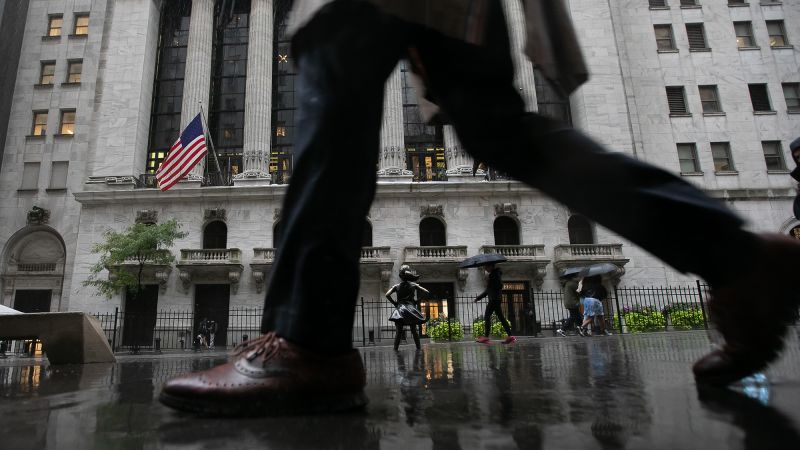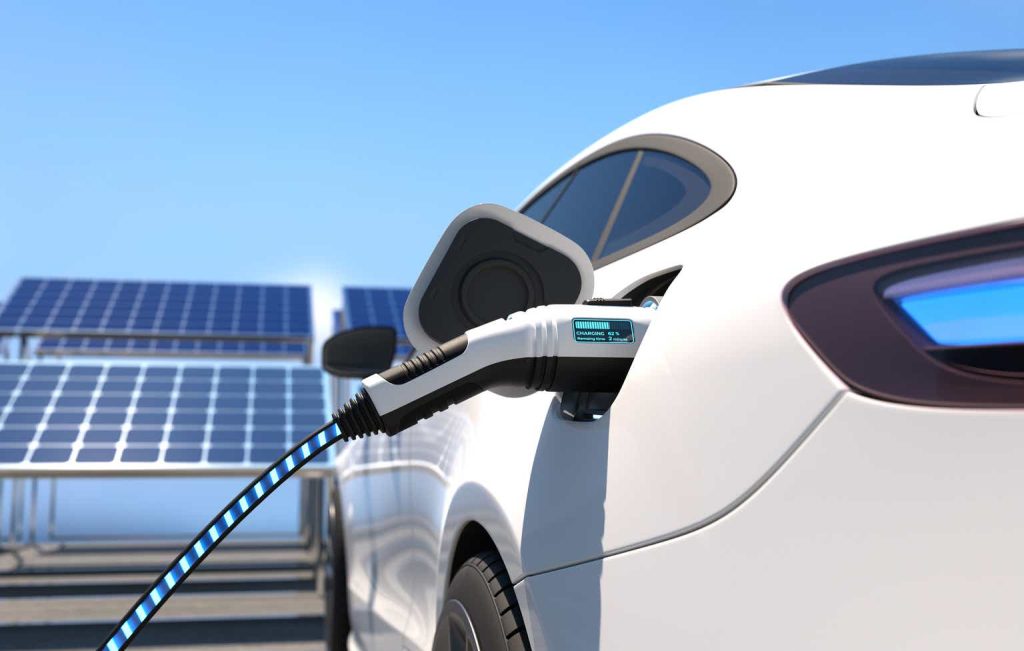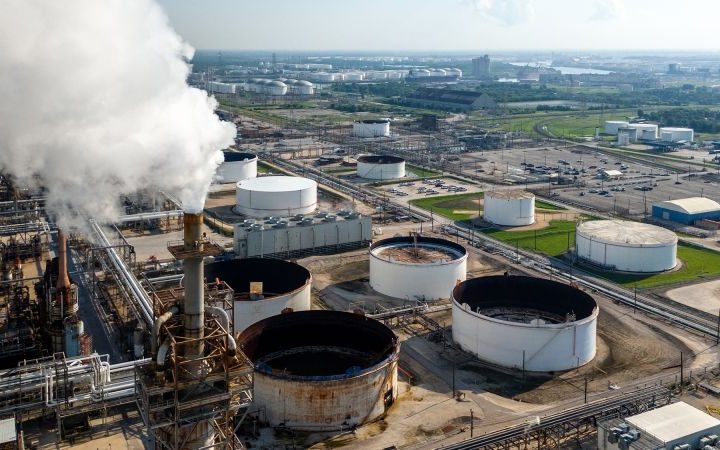New survey data released Monday by the Federal Reserve Bank of New York showed that US consumers believe inflation will continue to ease, the labor market will remain strong and they will continue to spend more than they did pre-pandemic.
The October Survey of Consumer Expectations painted a largely more positive picture than the New York Fed’s survey a month before, when consumers were as apprehensive of not making a minimum debt payment as they were in the early stages of the Covid-19 pandemic.
In October, the average perceived probability of missing a minimum debt payment dropped to 11.99%, matching a measurement in June and sitting well within the pre-pandemic ranges.
Consumers’ expectations for inflation one year and five years from now both dropped 0.1 percentage points from the month before, to land at 3.6% and 2.7%, respectively.
However, median inflation expectations at the three-year horizon remained unchanged at 3%, a yearly high.
The Federal Reserve closely watches consumers’ inflation expectations, as they can be a self-fulfilling prophecy: If consumers anticipate that prices will remain high, they might spend more now and demand higher wages, and businesses might raise prices to accommodate higher demand and wages.
Lately, Fed officials have grown nervous about expectations worsening. On Friday, the University of Michigan’s closely watched consumer survey showed sentiment was waning about the current economic state and that inflation expectations ticked up over the long run.
On the earnings front, consumers’ expectations for wage growth ticked down 0.2 percentage points to 2.83%, or on the lower end of the 2.8% to 3% range that series has seen since September 2021.
And while consumers’ mean perceived probability that they would lose their job over the next year increased slightly to 12.7%, they also expect that nation’s unemployment rate will be lower and that their chances of finding another job improved slightly to 56.6%.
The median expected growth in household income ticked up a tenth of a percentage point to 3.1%. In February 2020, that expected growth was 2.7%.
Spending expectations, which came in at 5.25%, have trailed off somewhat since hitting a high of 9% in May 2022. However, they still remain well above the pre-pandemic level of 3.1%.
Overall, more respondents to the New York Fed survey said their households were better off than they were this time last year. For the year ahead, it was a little more mixed, with near-equal shares of consumers believing they’ll be either better off or worse off financially then they are now.
Read the full article here







